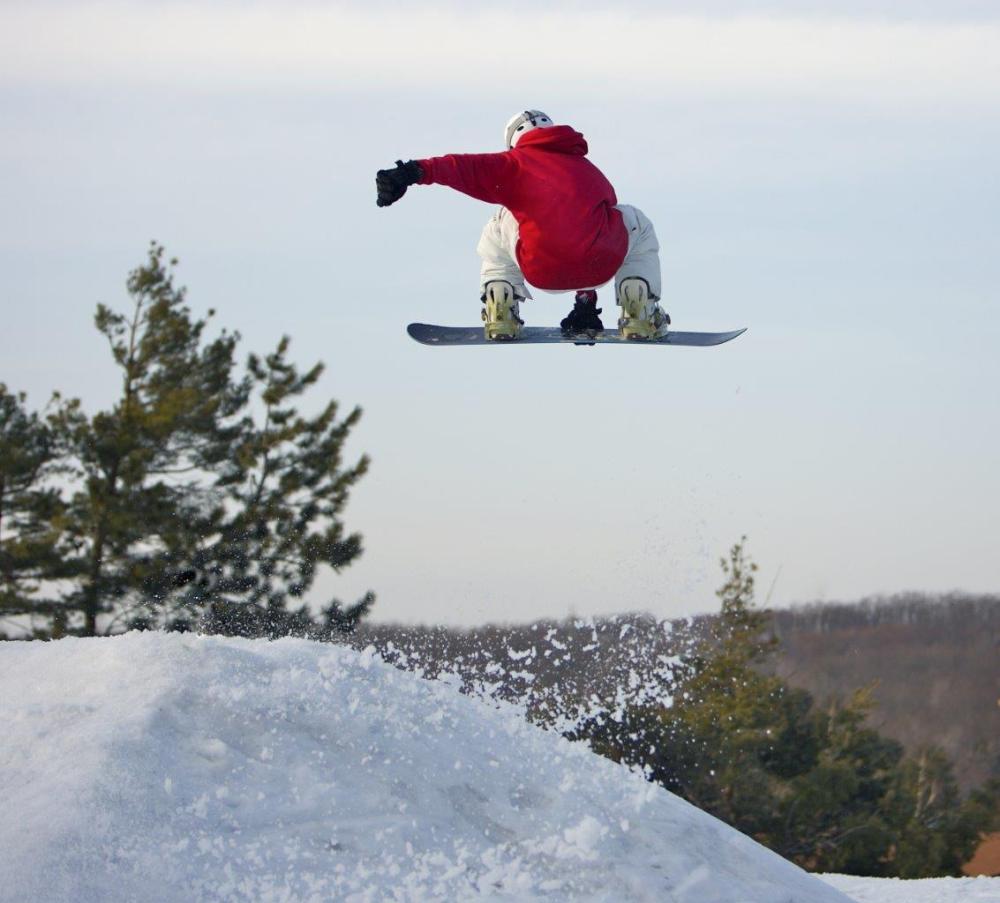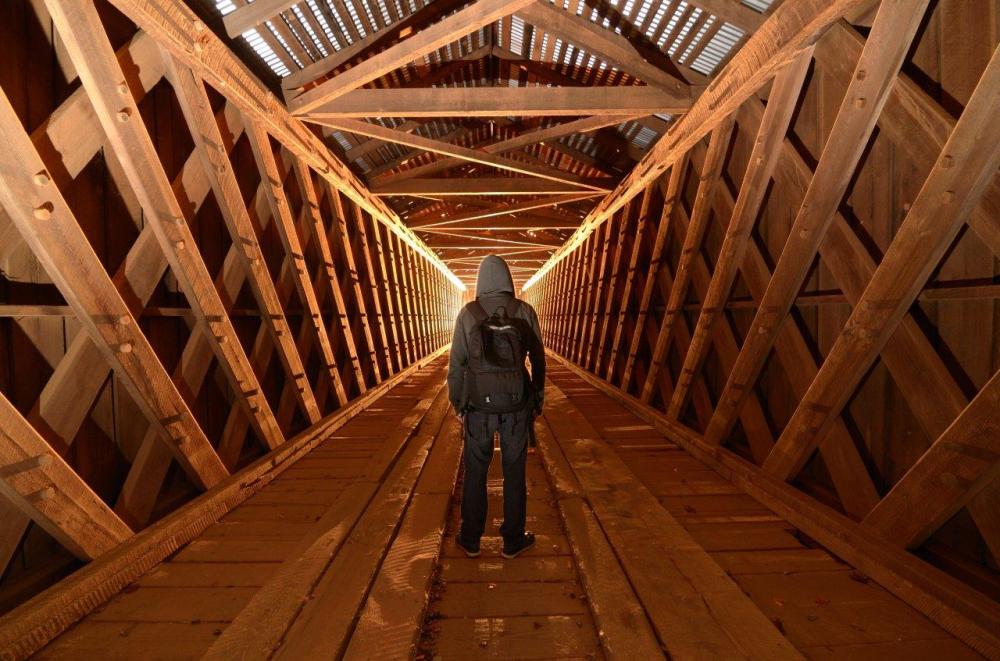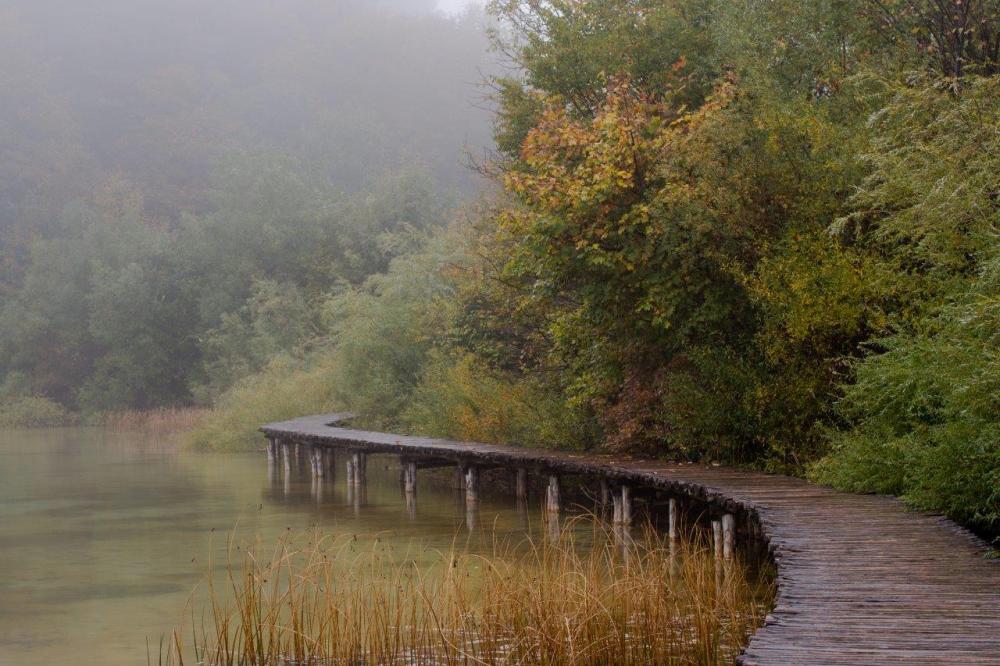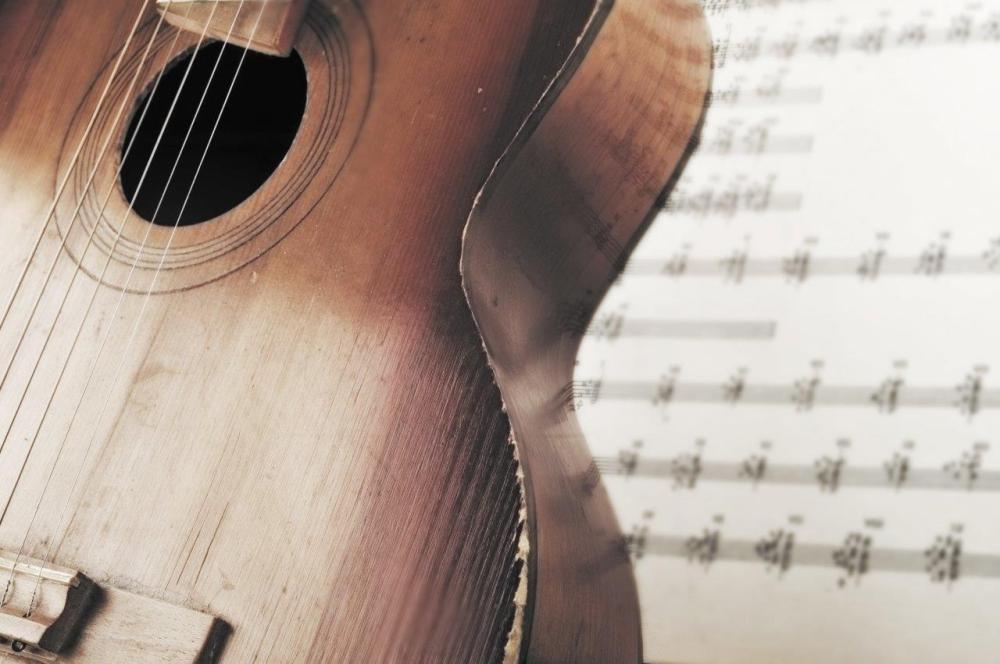There are various ways to integrate lines into a photograph to help strengthen the overall composition and draw attention to a specific focal point. This photo gallery will illustrate several forms of leading lines and explain different ways to use them within a photo.
Horizontal Leading Lines
The beach is an excellent place to find horizontal leading lines to use within a photo. The sand, water, waves, and skyline can create a photograph with layered horizontal lines.

When composing your photo to include horizontal leading lines, make sure they’re as straight as possible and consider following the rule of thirds. The photo below, for example, places the land and horizon along the bottom third of the image, while the sky fills the top two-thirds of the shot. Further, the photo was composed so the bride and groom are along the left-third of the image.

Horizontal leading lines can be found just about anywhere, you just need to keep your eyes open. If your subject is a person, their body can also be used as leading lines, such as the arm of this snowboarder.

Vertical Leading Lines
When using vertical lines within a photo, it’s a good idea to follow the rule of thirds, failure to do so can result in a photo looking as though it’s been cut in half. It is also important to try to keep the vertical line as straight as possible. Vertical leading lines can help to illustrate growth, authority, strength, or dominance. Some examples of vertical leading lines in photography include photographs of trees or tall buildings.

This photo below uses both horizontal and vertical lines. Although the bulrushes are the obvious use of vertical lines, the horizontal line of the horizon is more subtle. Note, too, that the photo has been composed so the landscape follows the rule of thirds.

Diagonal Leading Lines
When including diagonal leading lines within a photo, it’s best if you can position them so that they start and finish just above or below the corner of a photo, like the railroad tracks shown here. This will prevent the image from looking like it has been split in half. Because our eyes naturally scan photos from left to right, composing an image to include diagonal leading lines that flow from the bottom left to the top right of a photo is also a great way to compose a shot.

Photo art recommendation: Transportation photos look incredible when they’re printed directly onto metal!
Converging Leading Lines
With converging leading lines, the eye will be drawn to where they intersect. For this reason, placing the focal point where the lines intersect is a good idea. That said, sometimes converging leading lines are interesting enough to be the main subject, so it isn’t always necessary to include additional points of interest. Converging lines can provide a sense of depth within an image, or can illustrate distance. Some examples include railroad tracks, power lines, trees, or, like in this example, tunnels.

Curved Leading Lines
Curved lines, sometimes referred as S curves, can help lead the eye through a photo and can suggest gracefulness, sensuality, or balance. Despite the name, S curves don’t need to be shaped exactly like an “s.” Any strong leading line that winds or curves can be considered an S curve. Some curved leading lines often used in photography include paths and rivers.

Photo art recommendation: Do you have a photo similar to this one? It would look amazing turned into a Posterjack Canvas Print!
This close-up shot of coloured glass bottles illustrates the use of curved leading lines.

The body of this acoustic guitar is a great example of S curves. Note the use of other leading lines in this photo too – the diagonal lines of the guitar strings, and the horizontal lines of the sheet of music in the background.

If you want to photograph S curves, the human body makes for a wonderful subject. From the arch of a foot to the curve of a neck, you can find many ways to capture curved leading lines by photographing the human form.

Enhancing Your Photos
To summarize, including leading lines within a photograph is a composition technique that can strongly influence the overall result of an image. There are several different types of leading lines. The collection of photos in this post provides examples of:
- Horizontal Lines
- Vertical Lines
- Diagonal Lines
- Converging Lines
- Curved Lines
Leading lines can direct a person’s eye to a main focal point or, if used incorrectly, can draw the eye away from the subject or appear to cut a photo in half.
Do you intentionally compose your photos to include leading lines? If not, will you now that you’ve learned about how they can strengthen your images? Leave a comment to let us know!


